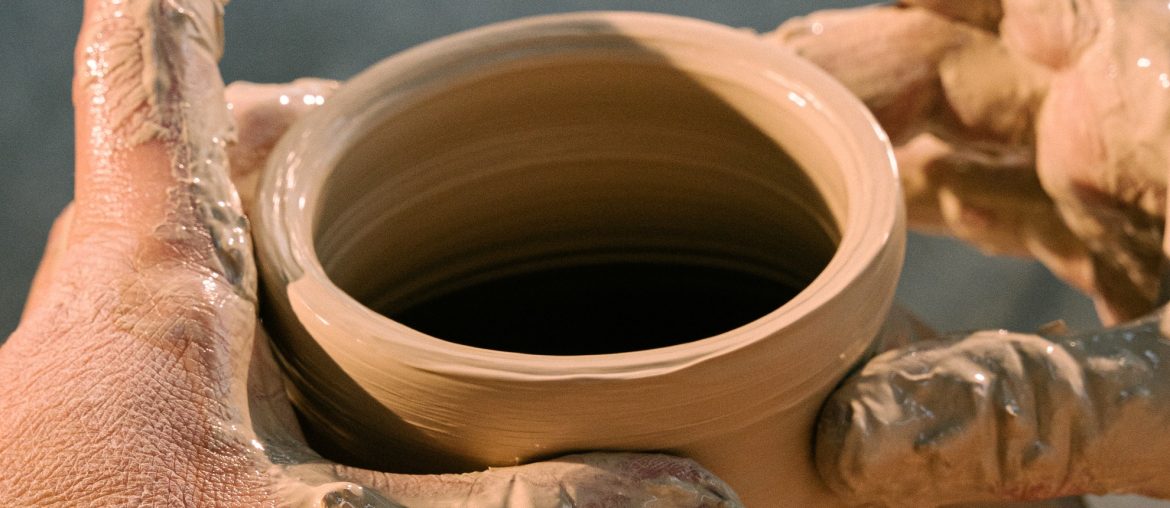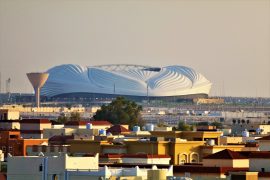The usage of terracotta in Bangladesh is very ancient. It goes back thousands of years back. The sign of terracotta can be found everywhere including some of the most ancient civilizations in the world including the Maurya, Pala, Gupta, and Sena civilizations. The word terracotta is derived from the latin words “terra” and “cocta”, meaning “baked earth”. In other words, all that is made by burning the soil is actually terracotta. The impressive terracotta artworks used in the exterior of the mandirs also inspire the medieval Muslim rulers of India to adapt them into their culture. In today’s article, we will shed some light on the history of terracotta in Bangladesh and its evolution throughout the years.
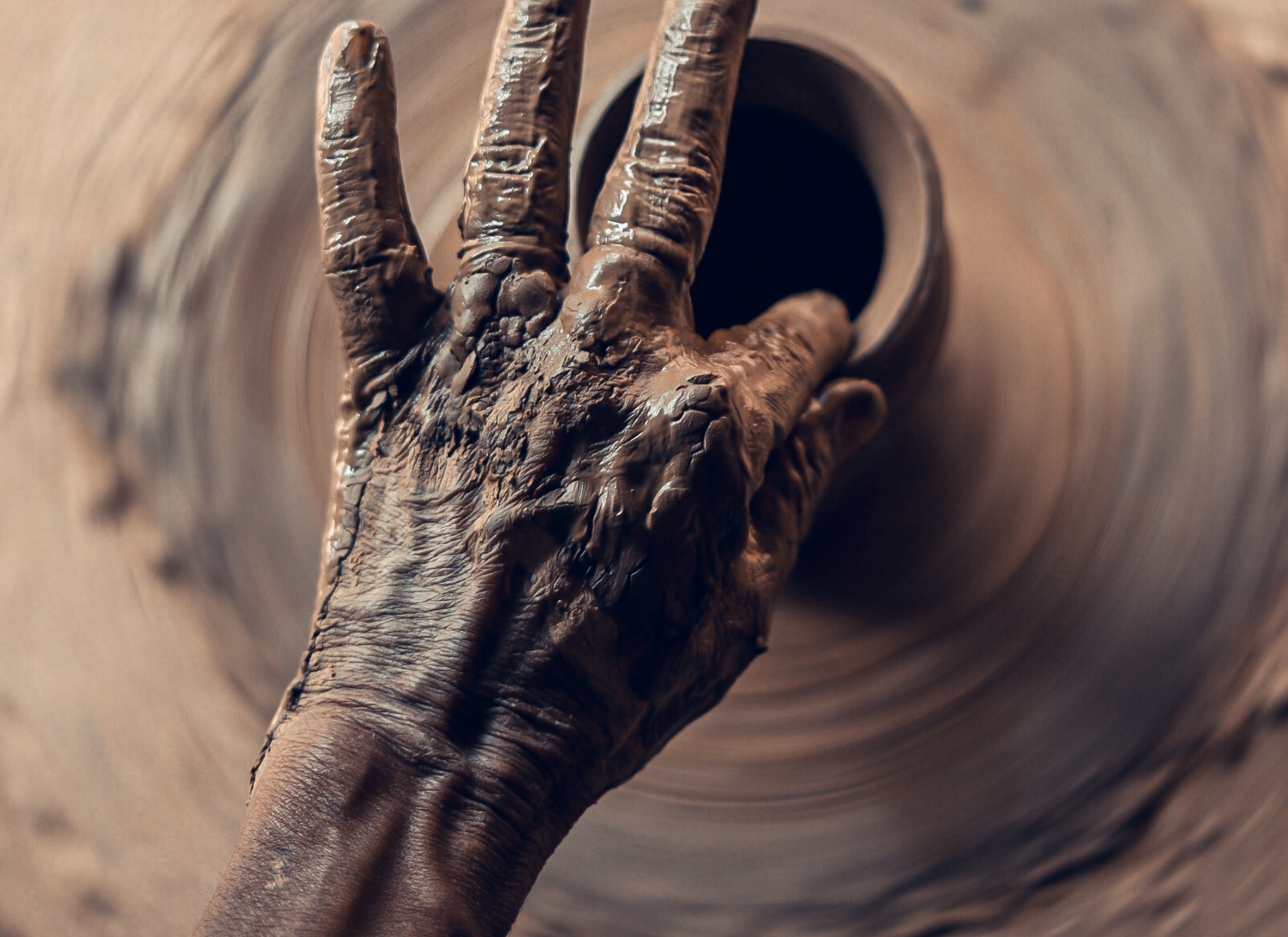
The birth of terracotta
To know how terracotta came into being, we have to go back to the beginning of civilization when mankind was paving the way for modern life through the invention of the wheel and fire. This, in turn, changed how we function and communicate. And people were beginning to develop more sensible habits such as eating meat by grilling them first. Eventually, the need for dishware started gaining momentum for preparing and preserving food. And this need ultimately led them to make terracotta pots and containers by potter’s wheel.
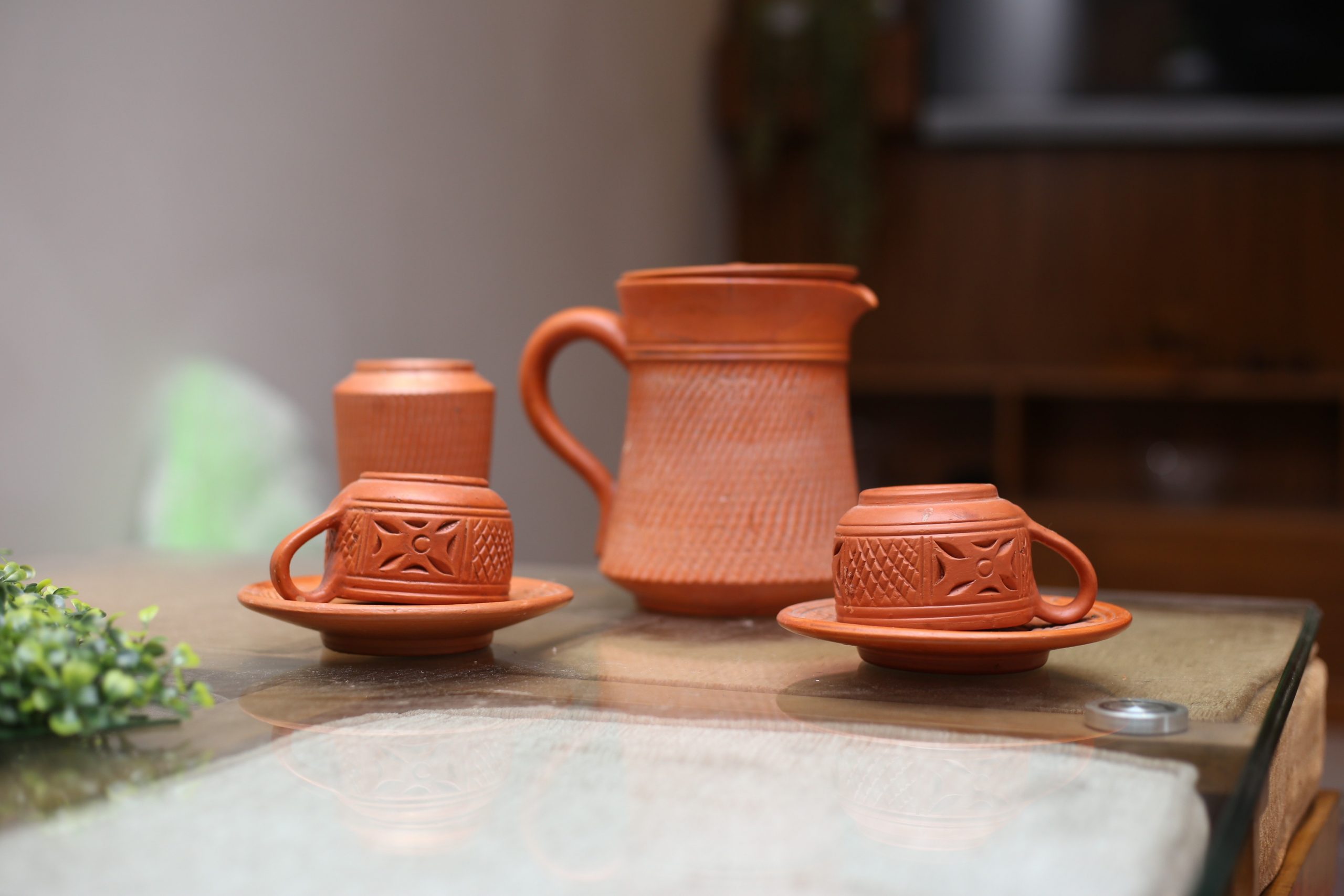
Terracotta in the ancient Bengal
The practice of pottery in Bangladesh dates back to ancient times. The availability of the right type of soil is one of the main reasons why pottery practice became so prominent back then. At that time, most household utensils were terracotta items. Because of the limited availability of stones, it became a very popular temple and building design element. The oldest specimens found for terracotta are in Wari-Bateshwar, Mohasthan gar, and their adjacent areas which were built around two thousand years ago. The specimens of terracotta have also been found in Paharpur which are older than Pala civilization and have been carrying different traits and characteristics of different time periods.
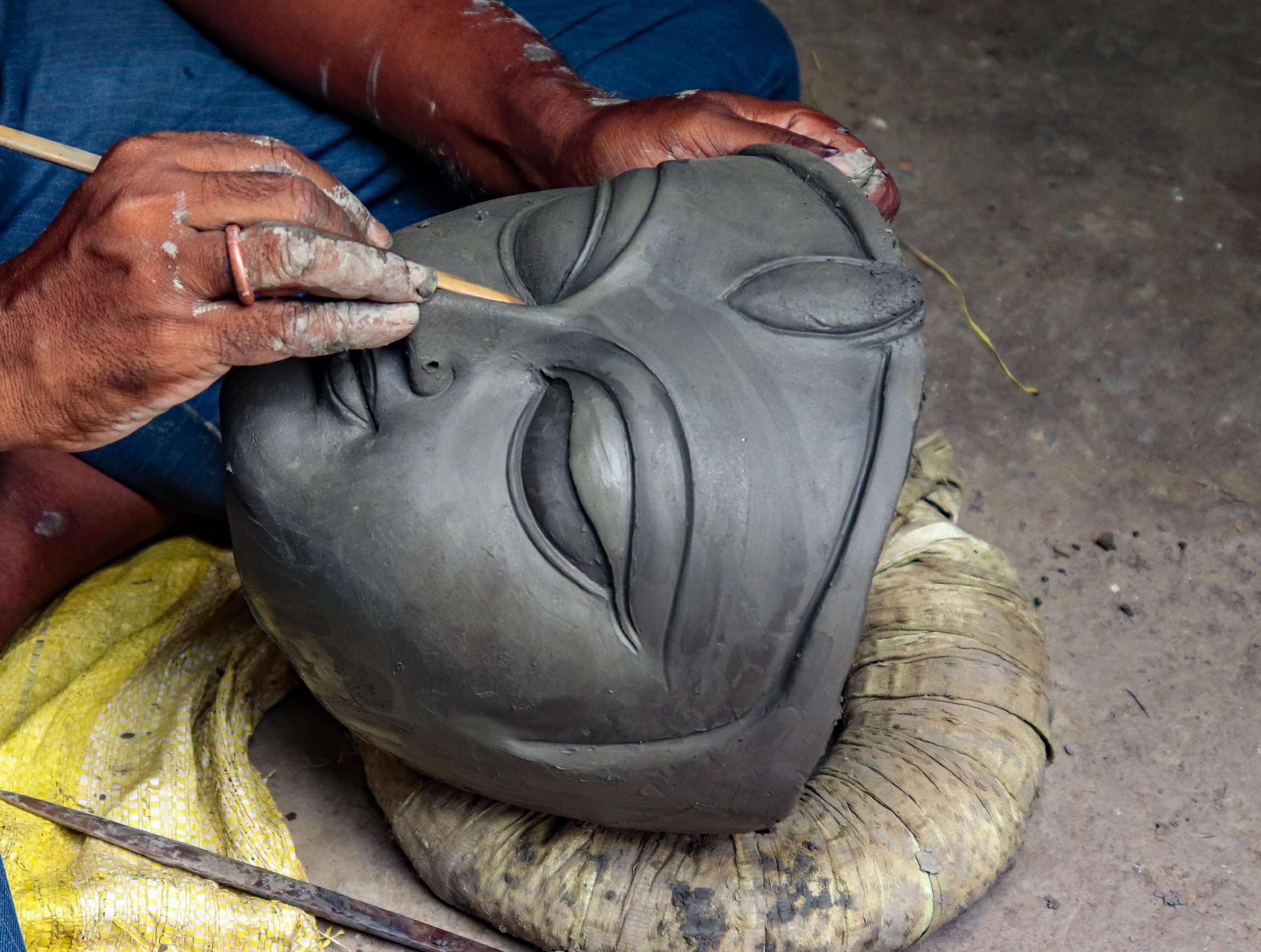
For instance, sculptures found in Wari-Bateshwar closely resemble the ones found in the Indus Valley Civilisation. Pottery in Maurya civilization also has influence from Greek and Persia. Artisans started using templates besides hand. The face of the sculpture was made using a template but the bodywork was done by hand. Artworks found in 7-8 century-old Shalban Bihar also have similar traits. Sompur Mahavihara is the largest monastery from Pala civilization and the central temple of the monastery has more than two thousand terracotta on it. Apart from that, another 800 terracottas were spread across the area. Terracotta art was also prominent in the period of the Sena dynasty as well. All in all, be it the influence of religion or the local customs, terracotta in Bangladesh evolved in different ways.
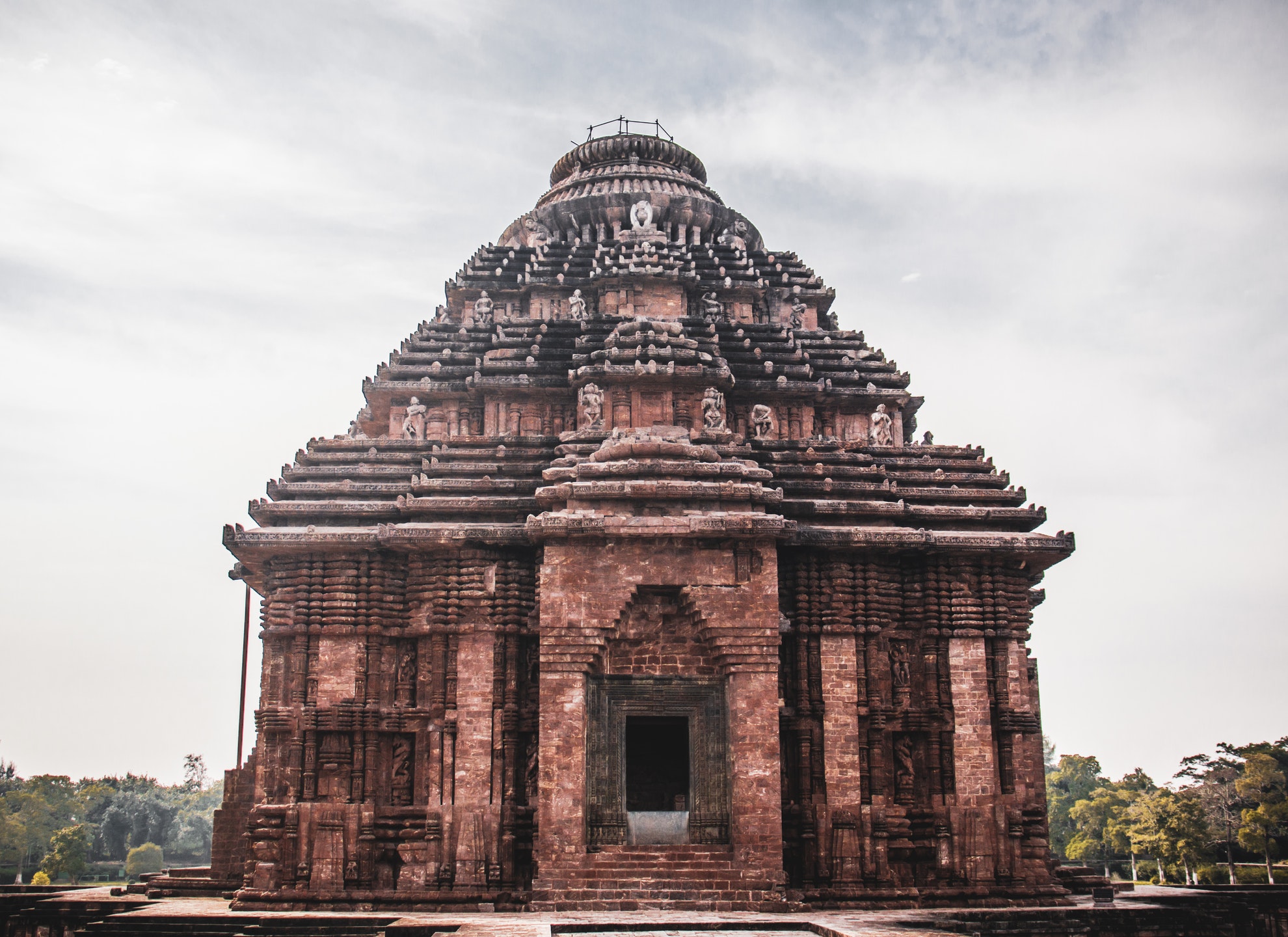
Terracotta in the Medieval period
At the beginning of this period, the mosques of Bengal were very simple and almost devoid of terracotta. But later, terracotta designs were found in the mihrab and the exterior of the mosques as well as in the tombs. As we have mentioned before, it was due to the unavailability of stones that different types of terracotta motifs were used in the mosques. In the sovereign Sultanat period (1338-1576), these types of motifs were found in most mosques. However, the advent of lime-plaster during the Mughal period brought the craft to a standstill.
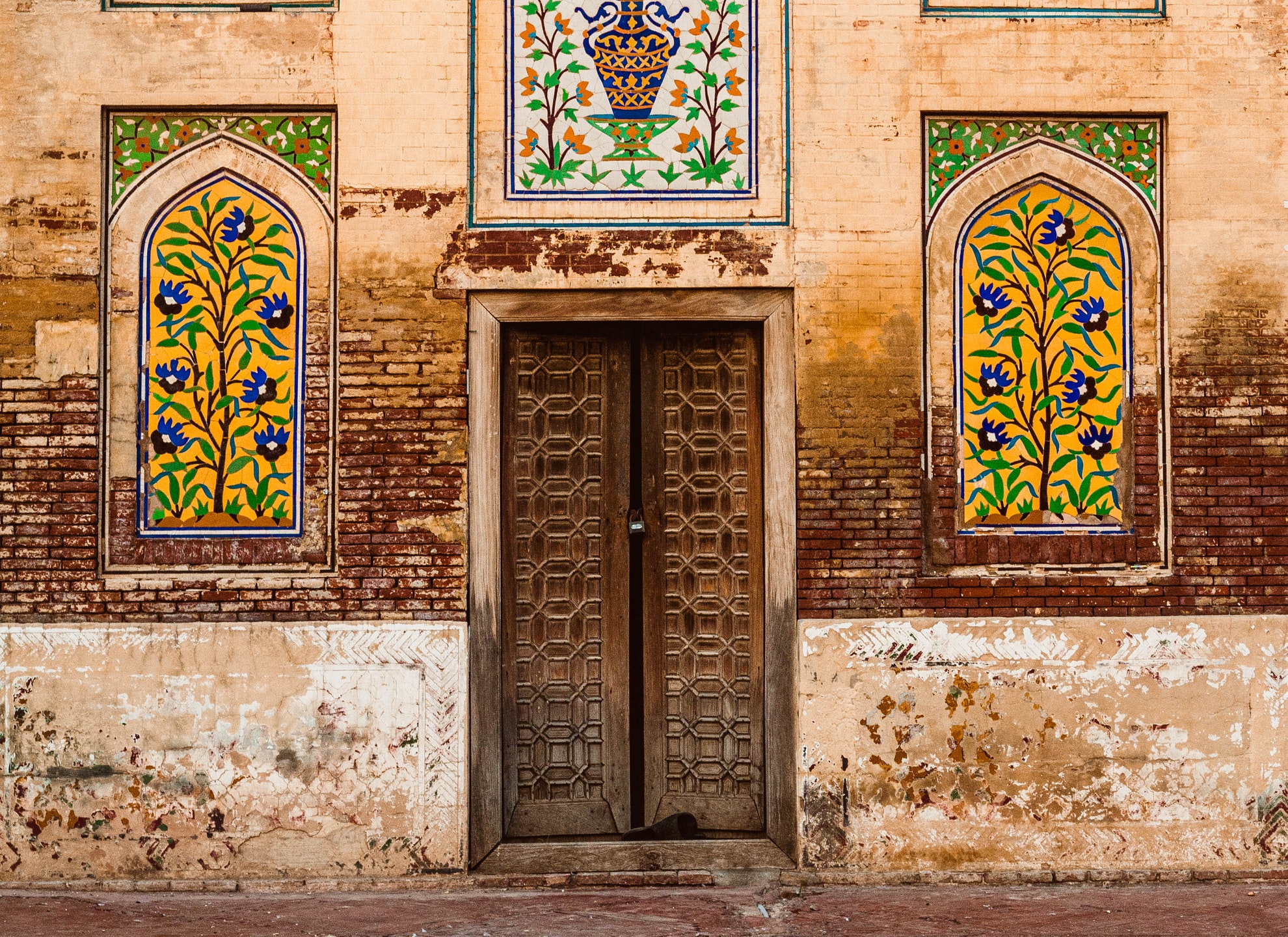
Terracotta in the 18th century
In the 18th century terracotta emerged again in the temples of Bangladesh. In that period, the craft of terracotta was practiced across North Bengal including Dinajpur, Rajshahi, and Pabna. Notable works of this period can be seen in the temples of Kantji in Dinajpur and the temples of Puthia in Rajshahi district. Kantaji temple in particular has the most detailed and complicated terracotta art on it which can not be seen anywhere else in that period. Significant stories from Ramayana, Mahabharata, and various Puranas have been narrated through terracotta art. Top to bottom, the whole temple is covered with about 15,000 terracotta plaques.
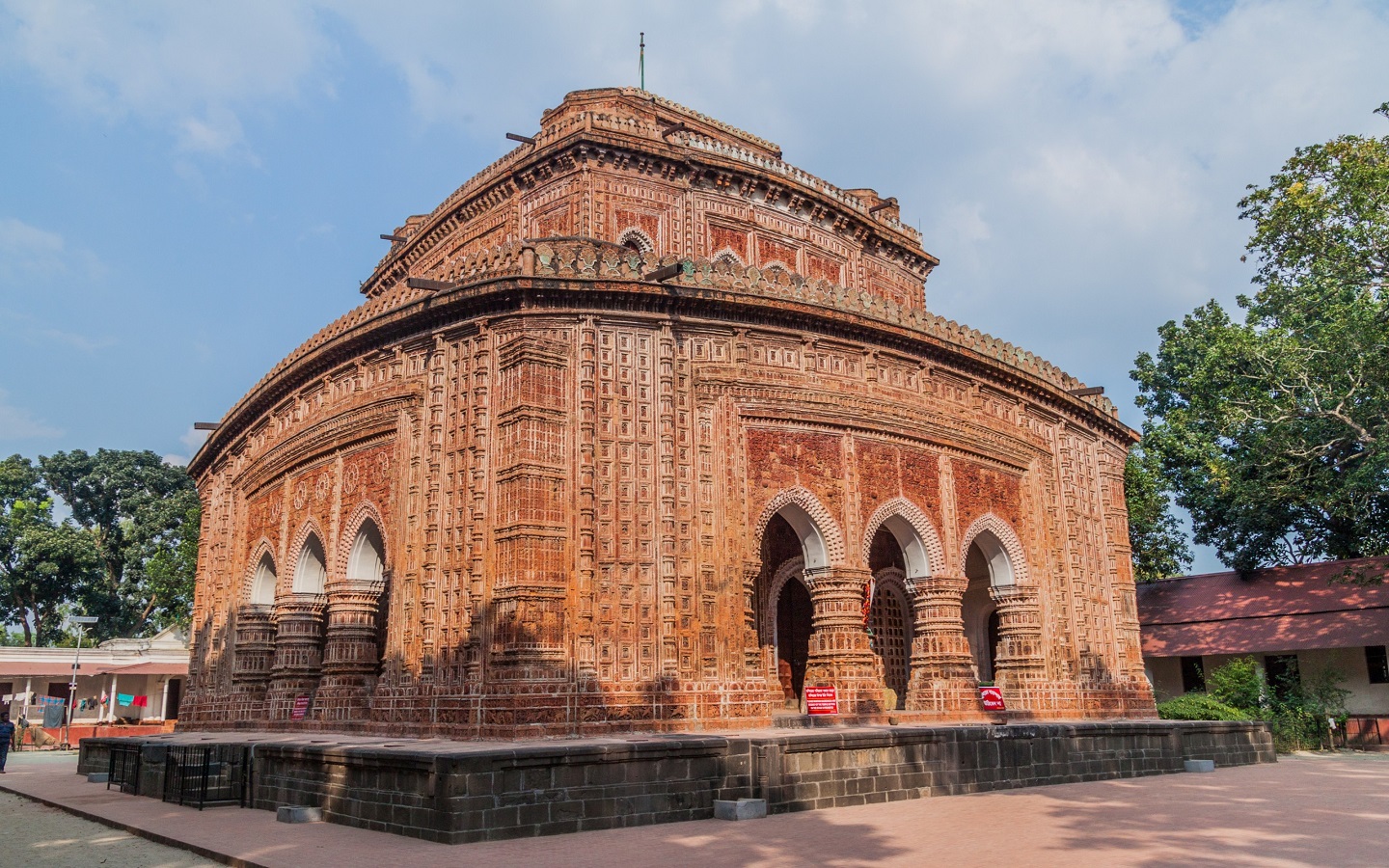
Terracotta in the modern age
During the British period, Jamindars and aristocrats leaned towards European cultures. As a result, most homes and buildings at that time were influenced by Western design and the use of terracotta slabs began to disappear. However, terracotta has evolved and returned to the modern era again. From flooring to the walls, terracotta is found everywhere nowadays. And in modern interior design, terracotta has become a theme.
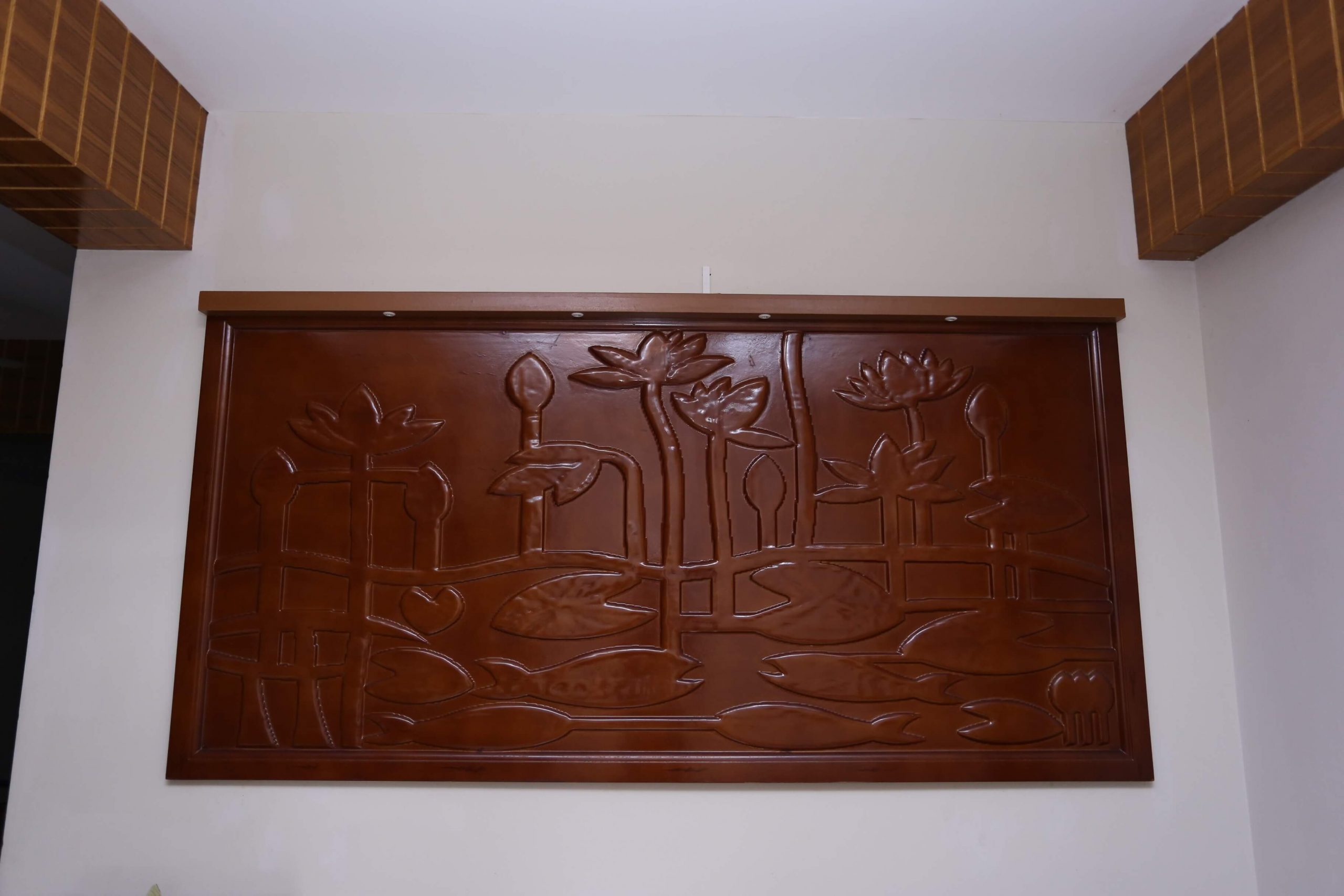
From residential buildings to commercial spaces, tableware to interior design, terracotta is used everywhere to bring a traditional touch. This is why it can make for an amazing interior design element for your home.

